Gynaecology, Obstetrics, and Infertility
- Home
- /
- Gynaecology, Obstetrics, and Infertility




The Department of Gynaecology, Obstetrics, and Infertility at Sunrise Hospital provides Comprehensive and Compassionate Care to women throughout all stages of their lives. Our team of highly skilled and experienced doctors is committed to delivering the highest standard of Medical Care. We understand that women have unique healthcare concerns and strive to offer personalized, evidence-based treatments to meet their individual needs.
Successful cases
Average patient satisfaction rating
Advanced infertility treatments



Routine Gynaecological Examinations and Screenings
Diagnosis and Treatment of Gynaecological Conditions such as Menstrual Disorders, Pelvic Pain, and Urinary Incontinence
Contraception Counseling and Management
Menopause Management and Hormone replacement Therapy



Comprehensive Prenatal Care, including Regular Check-ups, Ultrasounds, and Prenatal Screenings
Management of High-Risk Pregnancies
Labor and Delivery Services in a supportive and comfortable environment
Postpartum Care and Support for New Mothers



Evaluation and Diagnosis of Infertility Issues in both Men and Women
Assisted Reproductive Technologies, such as In Vitro Fertilization (IVF) and Intrauterine Insemination (IUI)
Fertility preservation options
Counselling and Emotional support throughout the Fertility journey
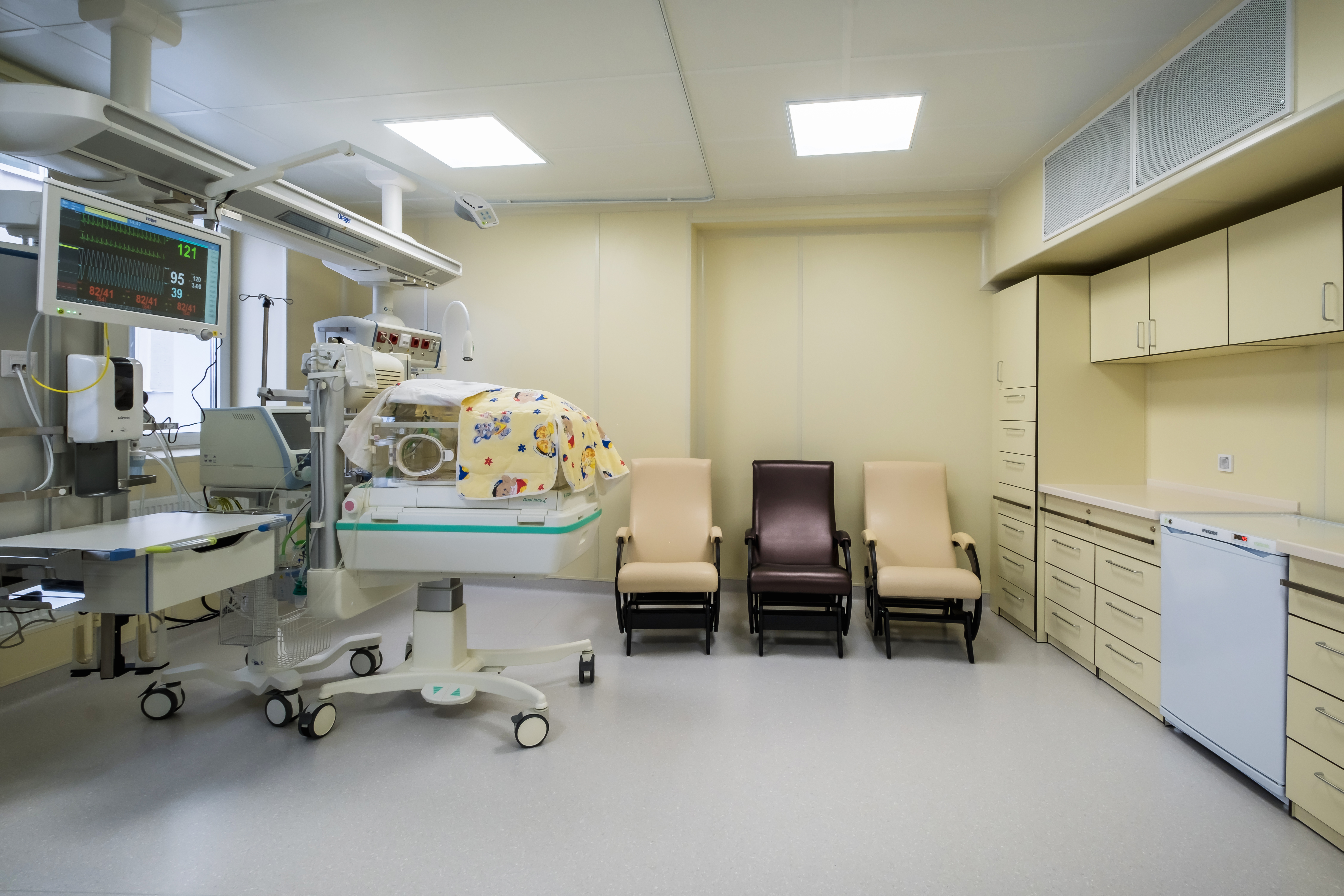
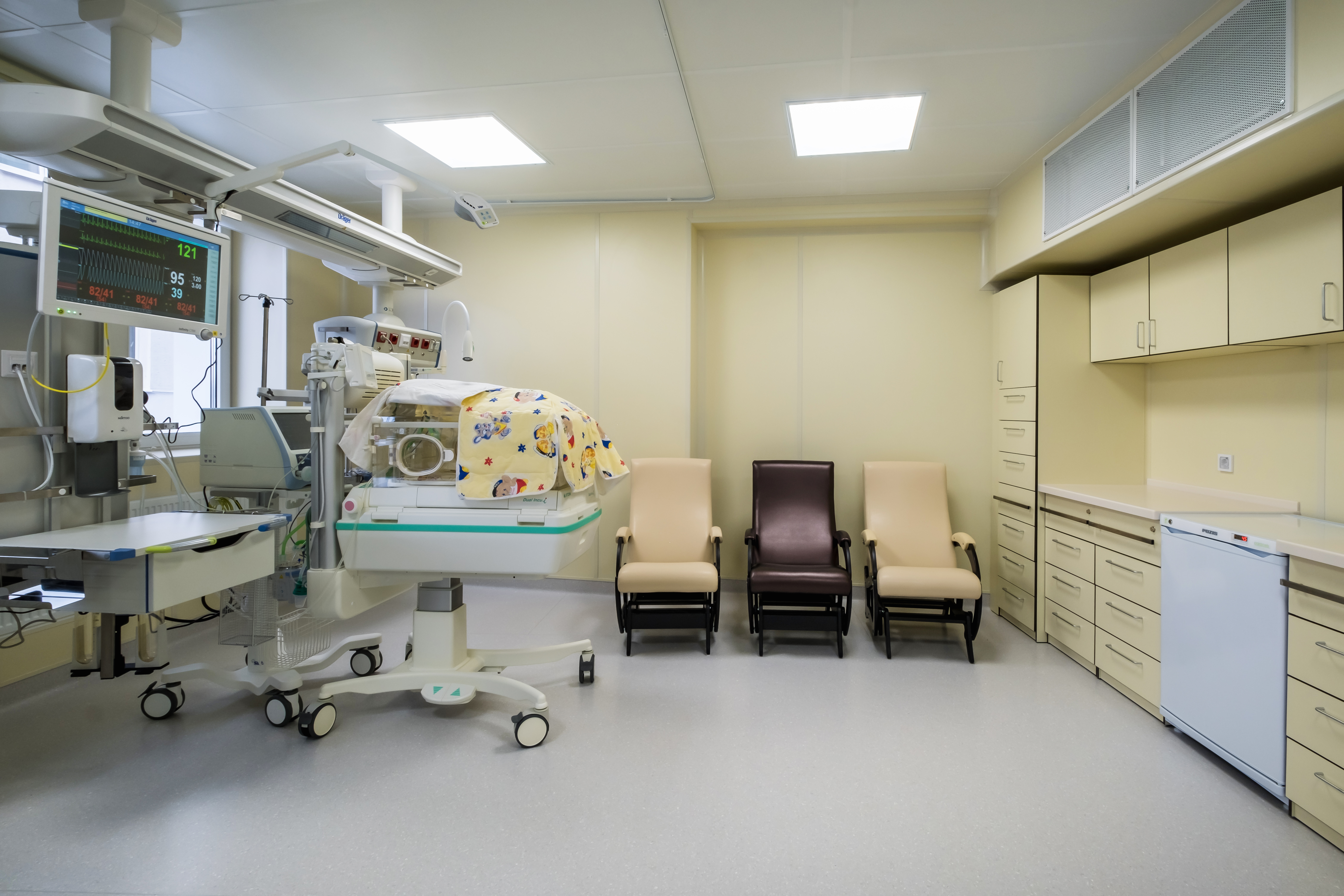
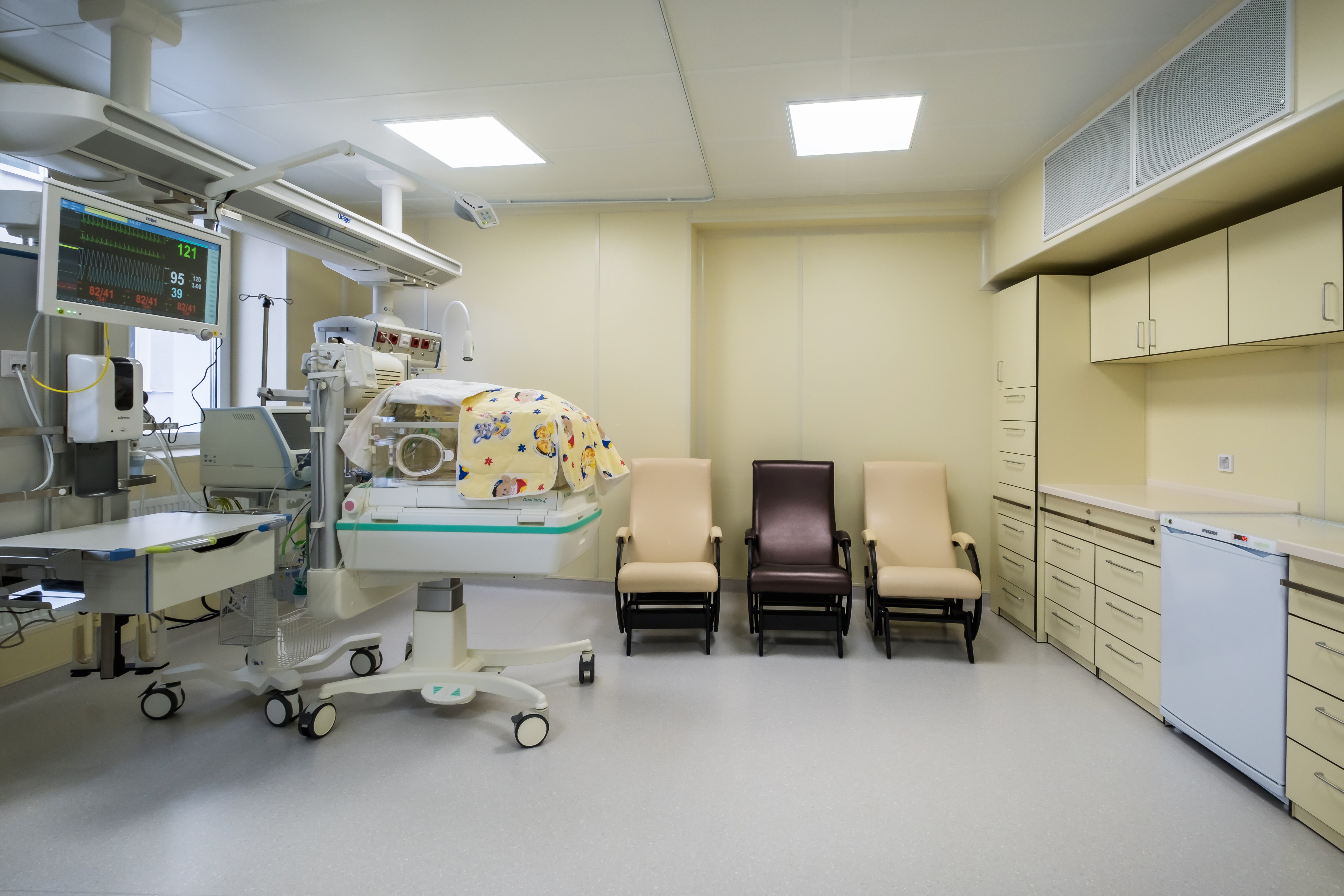
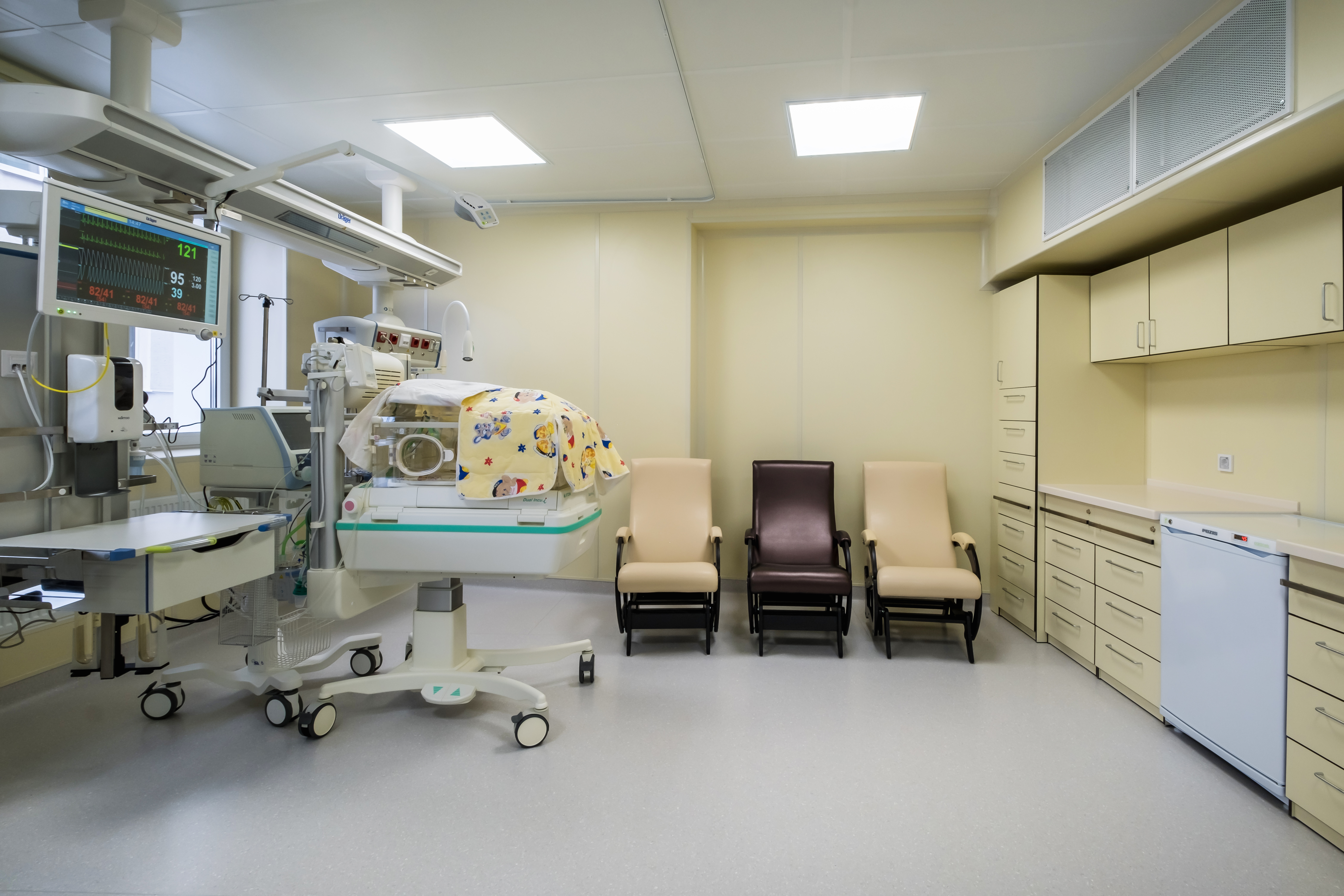
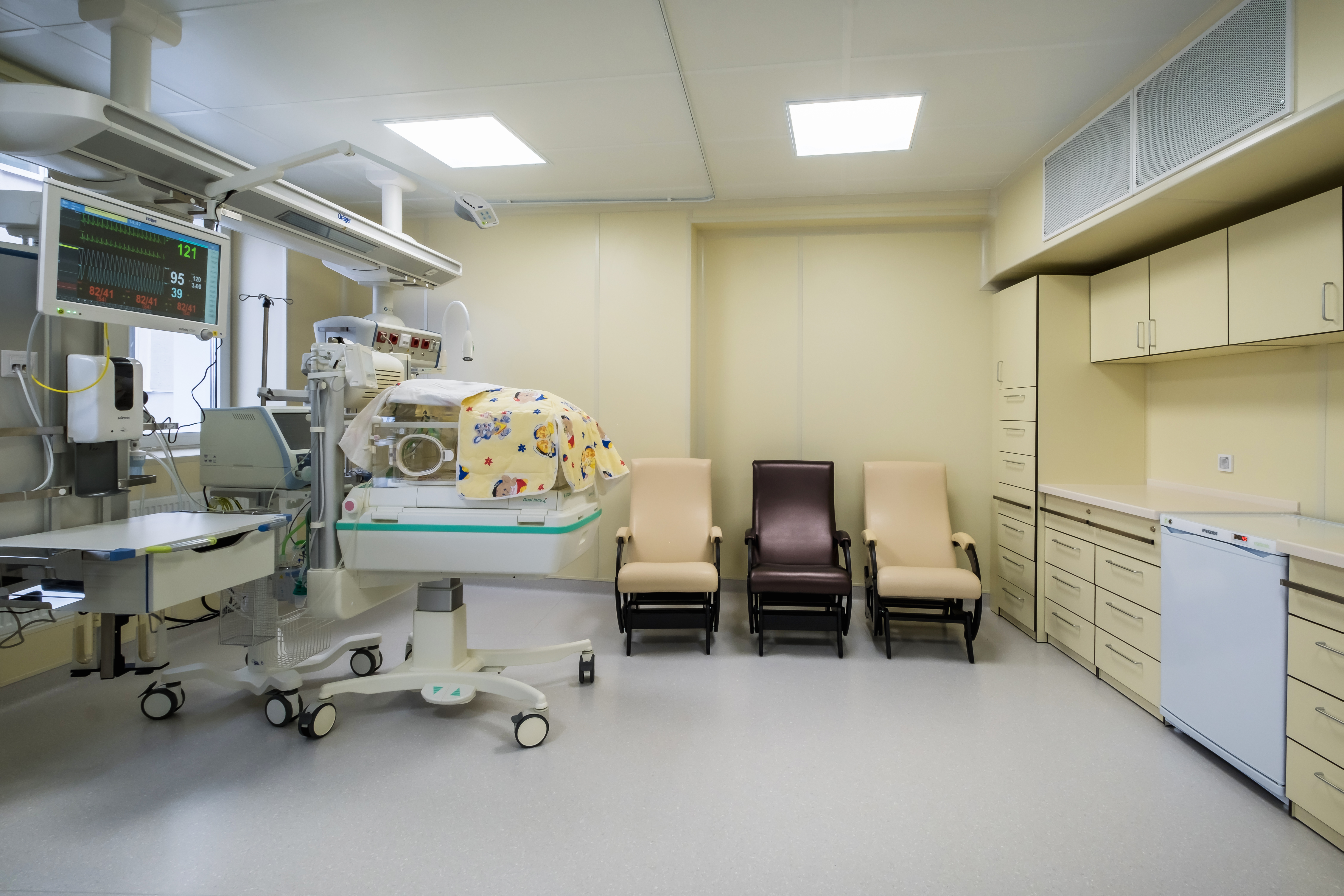
Dr. Hafeez Rahman has over 30+ years of experience in Gynaecology, Obstetrics, and Infertility. He is the Head of the Department of Obstetrics & Gynaecology at Sunrise Hospital since 2005. He has performed over 120,000 laparoscopic surgeries, including the first Laparoscopic Cancer Surgery in the UAE and Bangladesh, and over 35,000 Laparoscopi...
With over 22 years of experience, Dr. Aby K Koshy is a renowned Gynaecologist specializing in Infertility. He is an alumnus of the prestigious Government Medical College, Kottayam, and Armed Forces Medical College, Pune, and secured first rank at the University of Pune. Dr. Koshy is a Fellow of the Royal College of Obstetricians and Gynaecologists...
Dr. Sonia Hafeez Padiyath is a skilled Gynaecologist and Obstetrician based in Kochi, India, with 2.2 years of experience. She specializes in Gynecological Laparoscopic Surgery and is known for her dedication to improving women’s health through advanced, minimally invasive techniques. A Rank Holder and Gold Medalist, Dr. Sonia practices at S...
Dr. Ayesha Hafeez Padiyath is an aspiring Gynecologist and Obstetrician with over 2 years of experience, currently serving as a Registrar in the Department of Gynecology and Obstetrics at Sunrise Hospital, Kochi. With a deep passion for women's health, Dr. Ayesha is dedicated to providing comprehensive care and support to her patients. She finds gr...
Dr. Shemini is an experienced Obstetrics and Gynecology Consultant at our hospital, with over 3 years of specialized experience and more than a decade of overall medical practice. She holds an MBBS degree and the prestigious DNB (Diplomate of National Board) in Obstetrics and Gynecology. Dr. Shemini is dedicated to providing comprehensive healthcar...
Dr. Sumi Peter Maria is a leading Consultant in Reproductive Medicine and IVF, with over 9 years of experience in managing complex infertility cases and advanced assisted reproductive technologies. With a strong academic foundation and hands-on expertise in reproductive endocrinology, ICSI, third-party reproduction, and fertility-enhancing procedur...
Sunrise hospitals , Experience, Expertise, Care

Quality of the Care Process, Communication, follow up, staff service.

Doctors were good and they treated my mother well..

I've just had a most enjoyable experience at Sunrise Hospital.

Dr. Nassar Yusuf provided me with expert consultation, demonstrating deep expertise and care.

The doctors and nurses and everyone cares about every patient..

Everyone on nursing duty at 3rd floor was very well behaved and very caring from admission to discharge they were truly angels on earth. Special thanks to Dr Gregory Sir and everyone who helped with the surgery..

Where Compassionate Care Meets Healing Excellence.
Your Pathway to Wellness Begins Here.
Sunrise Hospital, Seaport – Airport Road, Kakkanad, Kochi 682 030, Kerala, India A Unit of Sunrise Institute of Medical Sciences Pvt Ltd, Kerala, India.
32AAICS4341K2ZB

